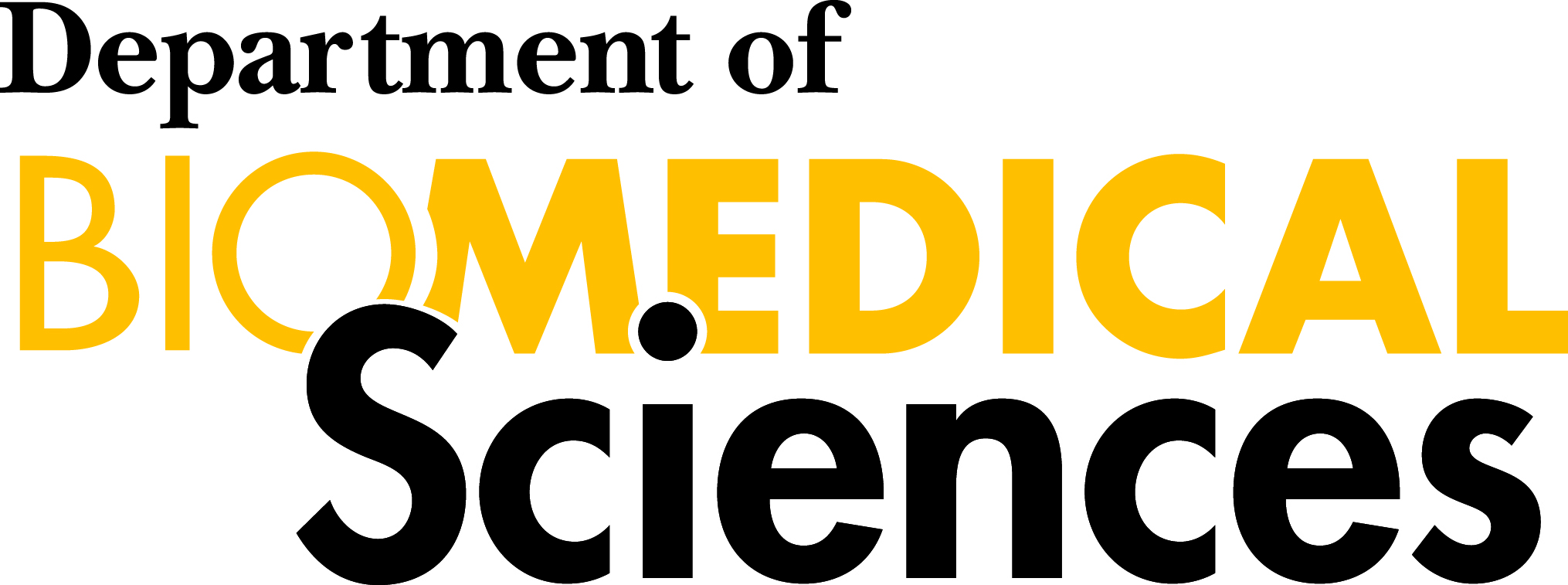
.
.
Although there are certain hazards present in the medical laboratory, it is possible to make the laboratory a safe working environment. Each laboratory worker must agree to observe all safety rules posted or un-posted which the instructor requires. No set of rules can cover all the hazards that may be present. However, several general rules are listed in the General Laboratory Safety Rules in your lab manual. Please fill out the following questions after reading over the General Laboratory Safety Rules below:
General Laboratory Safety Rules
- Eating, drinking, gum chewing, applying makeup, and handling of cell phones is NOT allowed in the laboratory. Food and beverages may not be brought into the laboratory.
- Dress appropriately when working in the lab:
- Avoid wearing chains, bracelets, or other loose hanging jewelry.
- Tie long hair up or back to avoid contact with hazards, for example, chemicals, equipment, or organisms.
- Closed toe shoes must be worn at all times
- Use appropriate Personal Protective Equipment (PPE)
- Wear a fluid resistant laboratory coat. Remove your lab coat before leaving the laboratory or adjacent hallways.
- Wear gloves when handling blood, body fluids, or hazardous chemicals.
- Wear eye protection or use a counter-top acrylic shield when working with strong chemicals or anytime splashes are likely to occur.
- Wash hands after removing gloves, when completing laboratory procedures, before leaving the lab, & at any other time necessary.
- Use Standard Precautions when handling patient & biological specimens, including blood & diagnostic products made from human blood.
- Maintain your work area
- Clean & disinfect work area before & after laboratory procedures & any other time
- Keep your work area neat and organized.
- Wipe up spills promptly & use the appropriate clean up procedure for the type of spill.
- Discard all contaminated materials into an appropriate, labeled biohazard container.
- A special rigid, puncture-proof container must be used for disposal of sharps such as needles & lancets.
- Contaminated items that would puncture a biohazard bag are disposed of in the biohazard boxes on the counter-tops. (Glass slides, Glass pipets, broken contaminated glass)
- All other contaminated waste requiring biohazard disposal is disposed of in the biohazard bags on the counter-tops
- Discard any uncontaminated broken glassware into cardboard containers designated for broken glass.
- Do not use bare hands to pick up broken glass; use a broom or brush & dustpan.
- When using laboratory equipment
- Follow the manufacturer and instructor’s directions.
- Report any broken or frayed cords, exposed electrical wires, or other damage to equipment.
- Discuss any safety concerns or questions you may have with your instructor.
- Report any accident to the instructor immediately. Fill out an accident report form.
Reference: Basic Medical Laboratory Techniques, 4th. ed., 2000
Norman Walters, Barbara Estridge, Anna Reynolds, Delmar publishers.